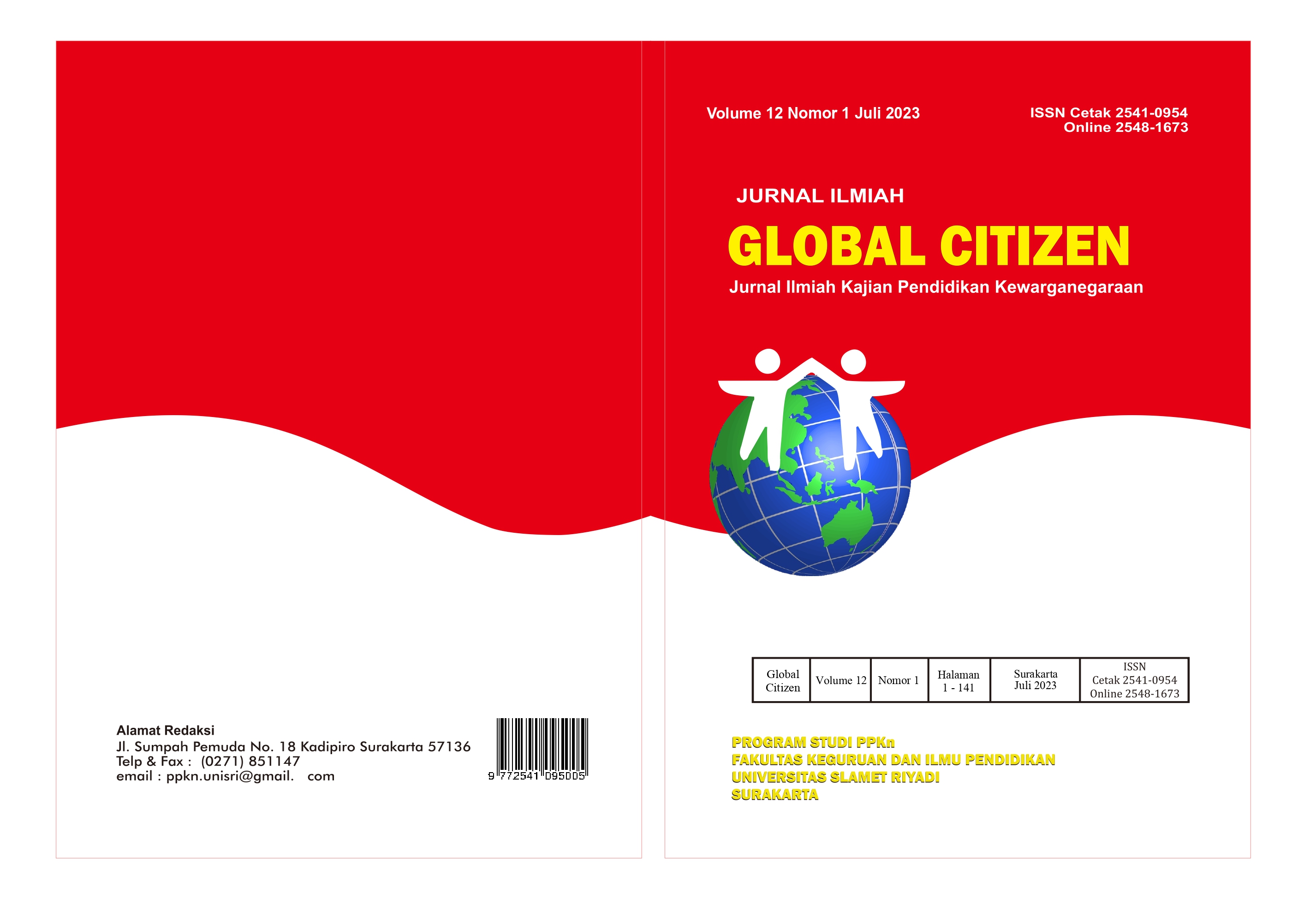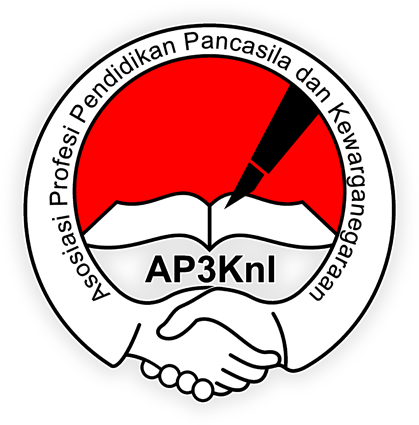PERTIMBANGAN HAKIM DALAM MENETAPKAN PERMOHONAN DISPENSASI PERKAWINAN BAGI ANAK (Studi Kasus Nomor 120/Pdt.P/2022/PA.Wng)
PERTIMBANGAN HAKIM DALAM MENETAPKAN PERMOHONAN DISPENSASI PERKAWINAN BAGI ANAK (Studi Kasus Nomor 120/Pdt.P/2022/PA.Wng)
DOI:
https://doi.org/10.33061/jgz.v12i1.8581Abstract
This study aims to: (1) Know the basis for the judge's consideration in granting the application for marriage dispensation in case No. 120/Pdt.P/2022/PA.Wng. (2) Know the legal consequences caused after the application for marriage dispensation. This research is normative legal research that is prescriptive, meaning research that does not begin with a hypothesis. The approach taken is a statutory approach and a case approach with the types and sources of primary and secondary legal materials. This technique of collecting legal materials uses literature study techniques with the method of analyzing syllogism law materials through deduction thinking.
The results showed that the judge in granting the application for marriage dispensation with various considerations, namely benefit and expediency, the existence of urgent reasons, the suitability of the evidence submitted with the facts of the trial, and the absence of a marriage prohibition. The legal consequence that arises with the granting of a marriage dispensation is that the bride and groom can legally marry according to the law. After the marriage of minors, the child is considered an adult and capable of carrying out legal acts.

Downloads
Published
How to Cite
Issue
Section
License
Copyright (c) 2023 Yunita Rahma Wati, Itok Dwi Kurniawan

This work is licensed under a Creative Commons Attribution-NonCommercial 4.0 International License.
Authors who publish this journal agree to the following terms:
- Authors retain copyright and grant the journal right of first publication with the work simultaneously licensed under a Creative Commons Attribution License that allows others to share the work with an acknowledgement of the work's authorship and initial publication in this journal.
- Authors can separately make additional contractual arrangements for non-exclusive distribution published by the journal (e.g., publish it in a book), with an acknowledgement of its initial publication in this journal.
- Authors are allowed and encouraged to send their work via online (e.g., in the institutional repositories or their website) after published by the journal.















